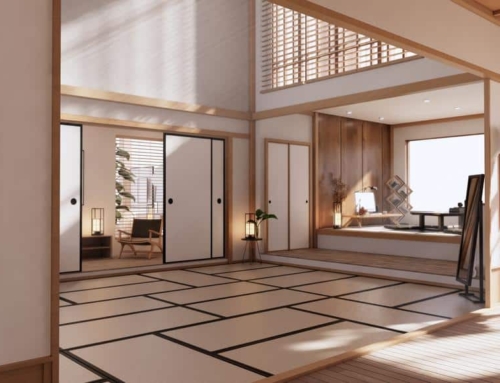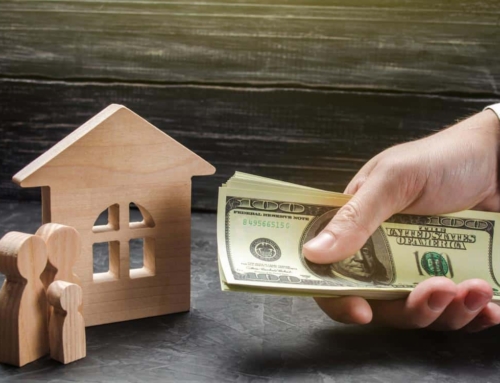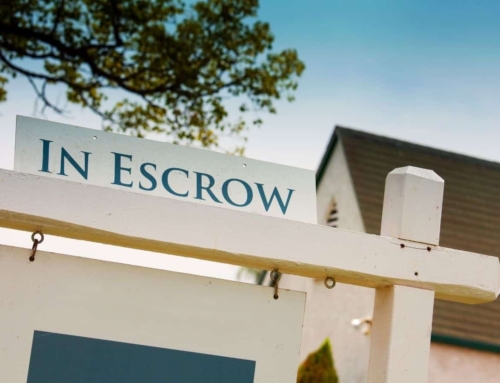If you are a homebuyer who has fallen in love with a historic property or a real estate investor considering upgrading one, a historic home renovation is no simple feat. This article will discuss obstacles you may face while remodeling an older home, so you know what you’re getting yourself into.
Historic Home Renovation FAQ’s
What distinguishes a house as a historical one?
A historic house has been designated as “architecturally noteworthy” by the National Register of Historic Places, where historic residences are listed. A home must generally adhere to a given architectural style and reflect a specific historical period to qualify for this designation. Another option for a residence to be included on the National Register of Historic Places is to have been owned or affiliated with a historical figure.
What are the advantages and disadvantages of purchasing a historic home?
Historic homes have a distinct appearance that sets them apart from other residences, which might be a lure in and of itself. In addition, if you opt to purchase or invest in one, you may be eligible for tax breaks. On the other hand, historic homes take a lot of work, as do any older homes, and renovating them isn’t always easy. Not to mention that a historic property’s insurance may be costly. Below, Summit Way Realty will take you through some constraints that may come your way as you begin a historic home renovation.
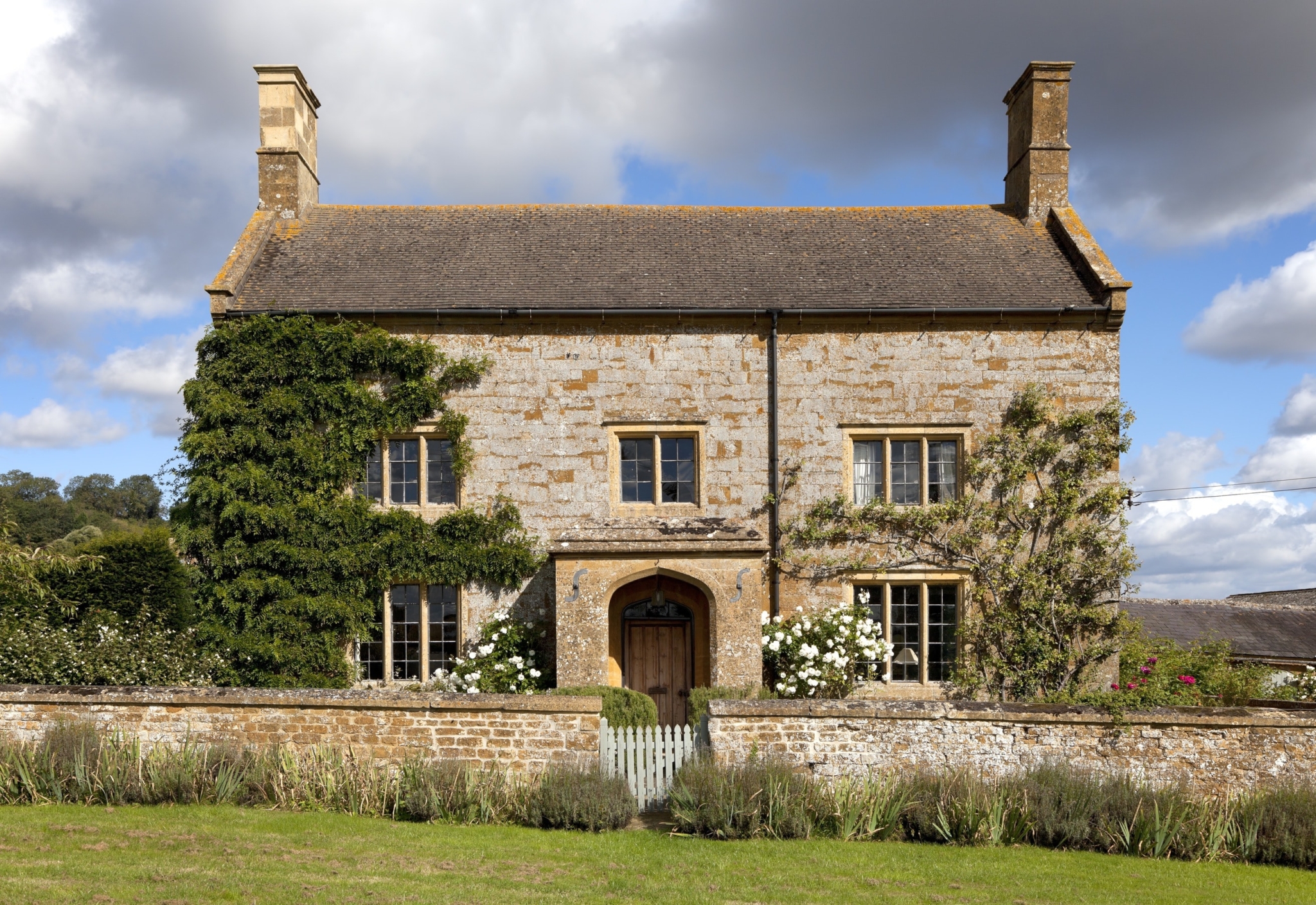
What are the limitations of remodeling a historic home?
Renovating a historic home can be tricky since there are typically limitations on what you can and cannot do. What’s the reason? The goal of recognizing a house as a historic home is to ensure it is preserved.
Here are a few obstacles you may run into:
As a rule, you can’t add square footage while restoring a historic home, so if you are considering an extension to add additional living space, that will probably not pass the approval process.
Replacing windows or shutters in a living room, family room, or dining room may be costly and time-consuming. However, these characteristics are generally what identify and distinguish historic homes. If you decide to replace the windows, you will need to choose replacements that match the home’s architectural style.
You may encounter constraints if you need to replace the roof on your historic home. For example, the materials you use must be the same as those used on your original roof, and if they’re old, they might be costly and difficult to locate.
If you want to paint particular portions of your house a different color, you may be limited in your options. This might be a problem if you acquire a historic home with the intention of repairing it and then selling it. If your property has distinctive hues that won’t appeal to a wide variety of purchasers, you may discover that changing it isn’t as easy as you’d want.
To find out the limitations that apply to your home, call your state’s historic preservation agency and collect all the information about your property. Then, to avoid difficulties, make sure to do so before beginning a renovation job.
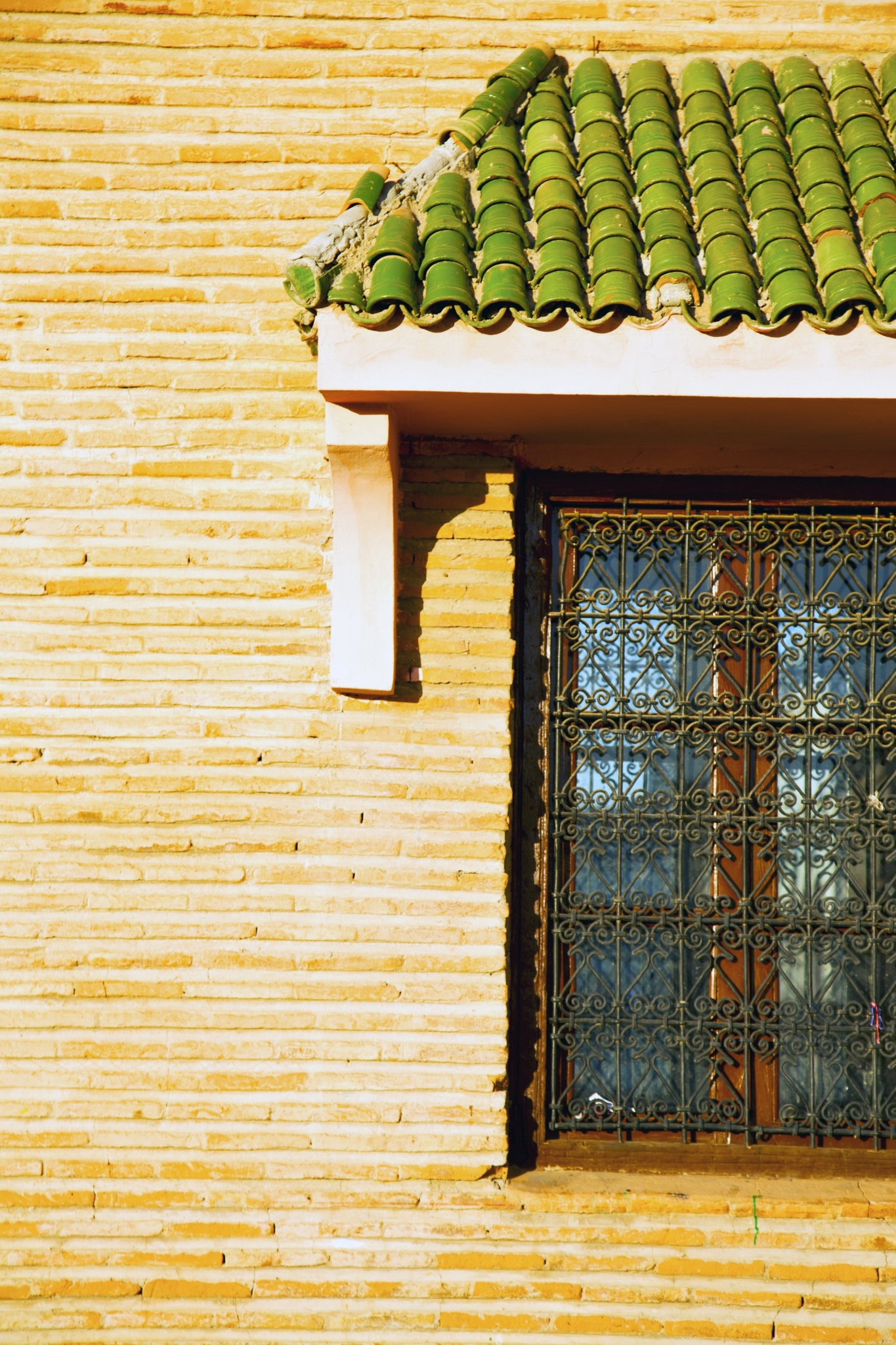
How does one go about restoring a historic home?
Historic properties often include one-of-a-kind features that you should make every attempt to maintain as an owner or investor. At the same time, because these houses are older, they are prone to wear and tear. As a result, historic home renovations should prioritize repair and preservation.
Once you’ve determined what limits apply to your property, you may create a list of elements that you want to maintain while bringing back to life. For example, even if your original wood floor is damaged, it should not be taken up and replaced; instead, polish it to remove scratches and stains to restore its original luster.
Remember that it is OK to modernize certain aspects of your property as long as your renovation project does not detract from the historical qualities that make your home distinctive. For example, you may replace a broken oven with a new one that works, but you should make every effort to keep your kitchen’s layout intact. Similarly, if your master bathroom requires an update, consider replacing fixtures rather than removing the antique clawfoot tub that came with it.
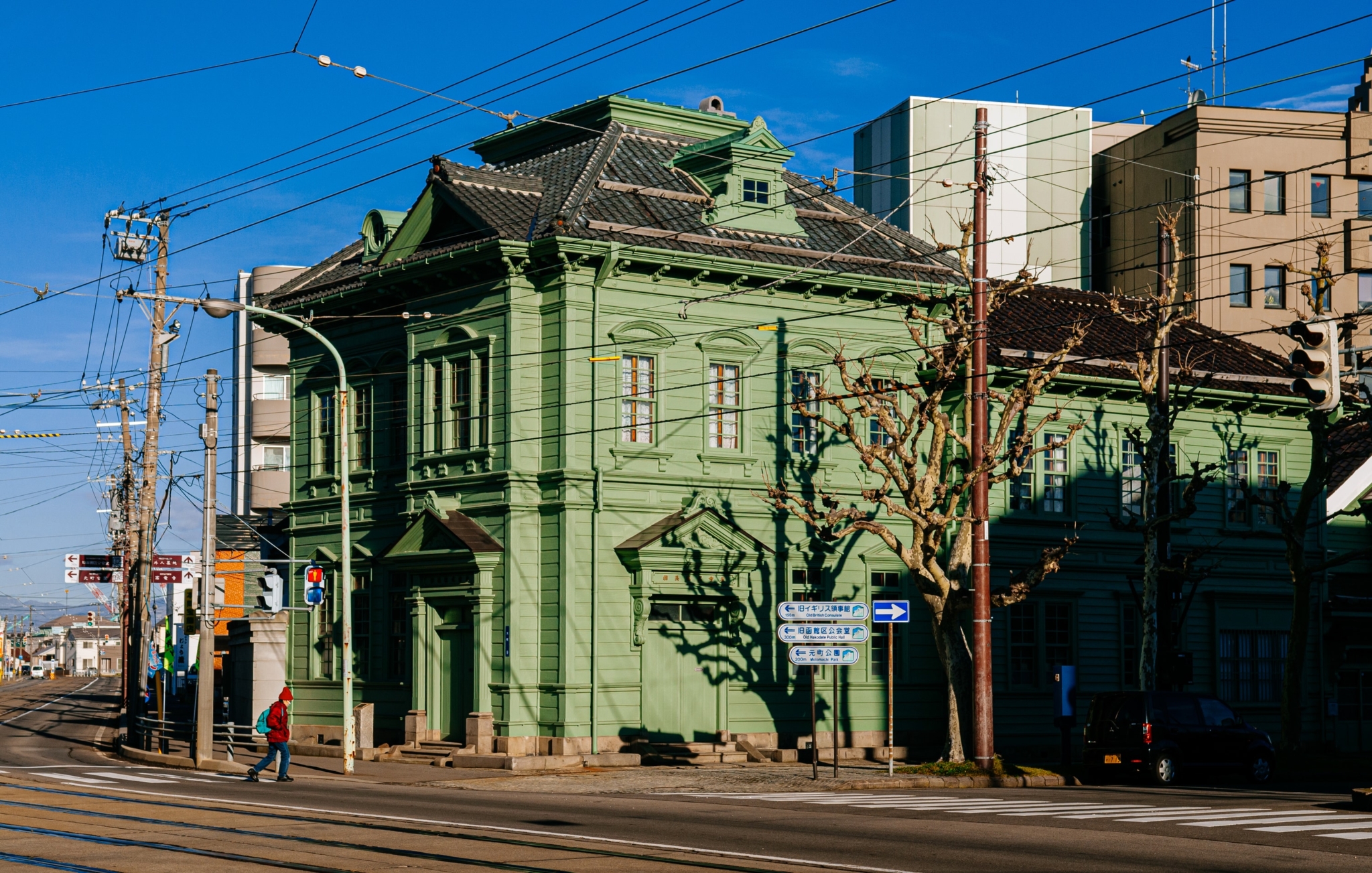
If you choose a general contractor to restore your house, be sure they have expertise working with older homes and historic properties. The proper contractor may advise you on how to renovate your house while retaining its appearance and character. Also, if you’re an investor, make sure to receive quotations so you can spend your money wisely.
How can an older house be made more energy efficient?
Because historic homes are older by definition, energy efficiency is a concern. Start by replacing incandescent light bulbs with LEDs if you want to make your house more pleasant while saving money on power, heating, and cooling. Of course, getting updated bulbs to match your old fixtures may be difficult, but if that’s possible, you may make a considerable adjustment without changing the design of your home.
Next, replace outdated toilets with water-saving models. Showerheads that utilize more water than necessary are similarly inefficient.
If your windows are drafty, as older windows are prone to be, consider replacing them. To be sure, this may be difficult because you’ll need to locate windows that are identical or that fit into your existing casings to the ones you now have, which could result in a hefty fee.
Updating your home’s doors is another option to improve insulation and minimize drafts that make heating harder. But, again, you’ll face the difficulty of possible limits, and even if none exist, you might not want to meddle with a vital part of your home’s exterior. If replacing your door isn’t an option, fix air leaks by re-caulking around it and using weather stripping.
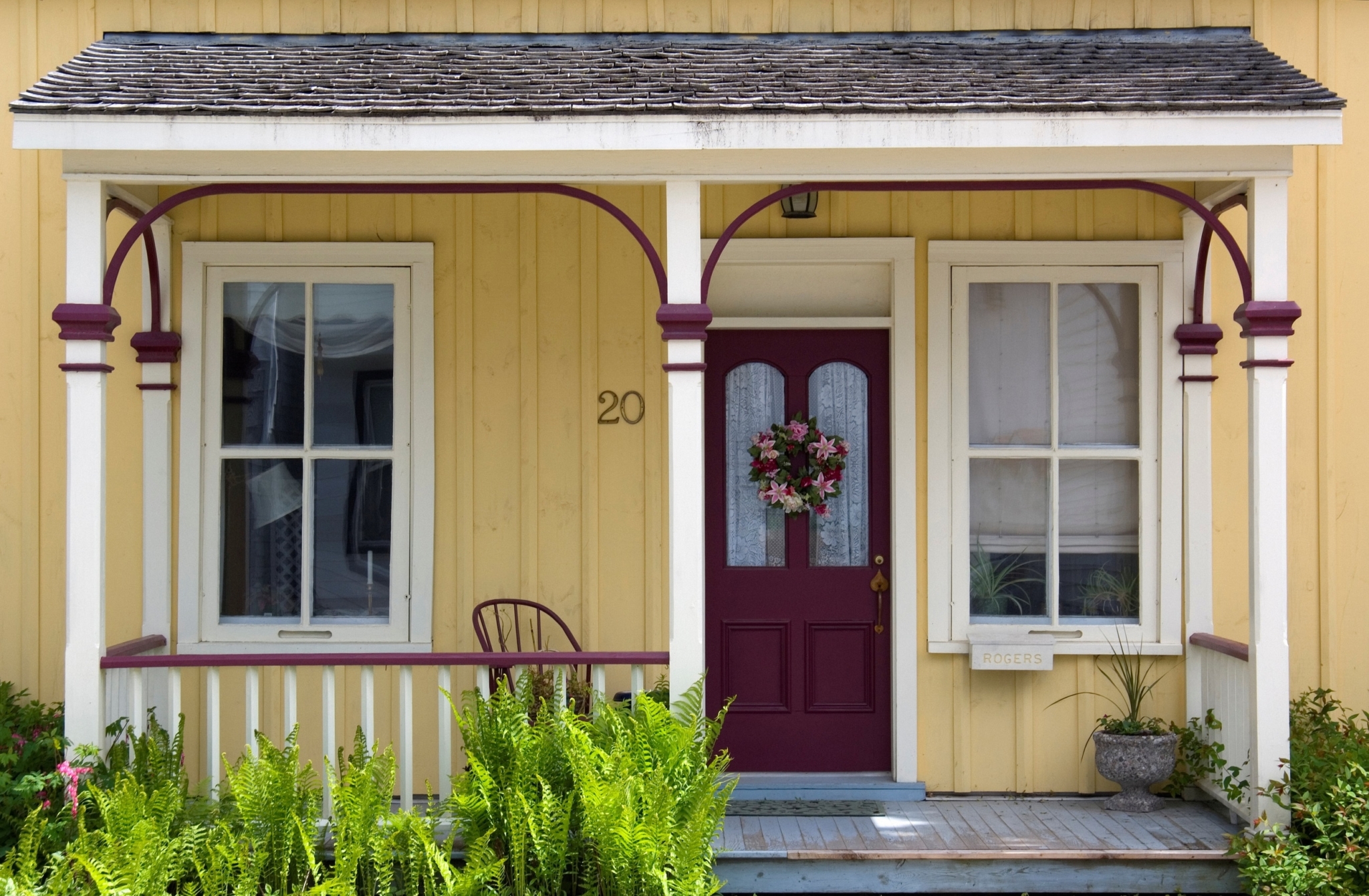
Finally, consider adding insulation to your attic or crawl area. That’s another fantastic approach to keeping heat or cold air in without affecting the appearance of your home.
Last Thoughts on Historic Home Renovations
A historic home renovation is not for the faint of heart. However, neither is purchasing one. If you are prepared to take on the responsibility of owning a historic home, be prepared to confront several hurdles in the process of bringing it up to date. The good news is, if you hit the right balance, you’ll end up with a house that’s unlike any other — one that’s comfortable, one-of-a-kind, and, in certain situations, a very successful sale.
Speaking of sale, contact Summit Way Realty for all of your real estate needs. If you’re looking to sell, start working with our local listing agents who understand high-impact marketing today. We are the residential and commercial real estate agency you can trust! So, as you


